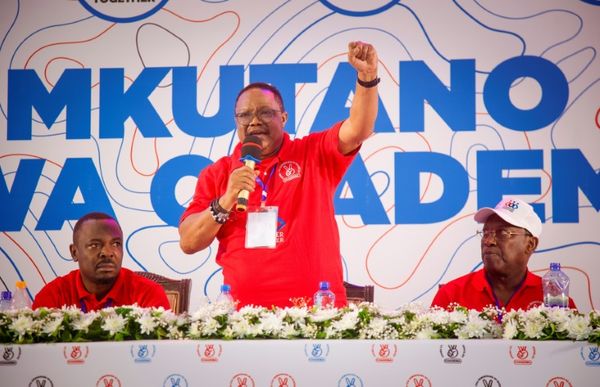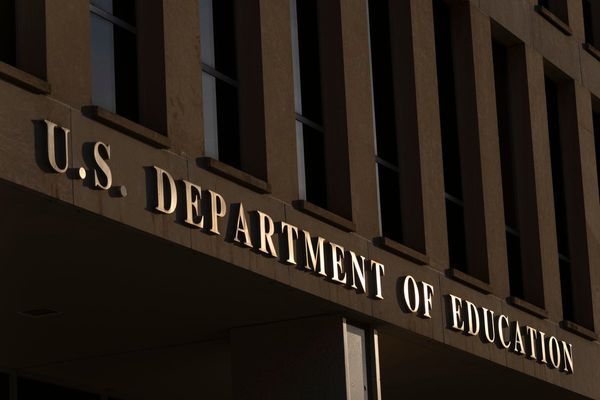
In another guise, a generation ago, this columnist regularly huddled with the US ambassador to Mongolia, watching as that country’s main power plant came close to running out of coal.
It was an outcome that would have been catastrophic as the plant also provided heat and kept the drinking water flowing for the million or so residents of the capital, Ulaanbaatar.
How much coal had come by train, how much was burnt, and how much was left – and what friends of the newly democratic central Asian nation could do to help – was our weekly accounting exercise.
Those memories were refreshed after another week when Australia’s main electricity grid seemed to be constantly on the brink.
Origin Energy, owners of Eraring power station on New South Wales’ Lake Macquarie, were literally counting the six trains of coal it needs each day to keep Australia’s biggest power station running at full tilt – and so were regulators.
Those regulators have had a lot to do amid the coldest start to winter in decades.
And the delays in maintenance at ageing coal-fired power stations have been compounded by unplanned failures. The coal fleet typically supplies about 60% of power to the national market.
Automatic price caps aimed at protecting consumers, triggered first in Queensland last Sunday only seemed to make matters worse. Claiming losses at the $300/Mw-hour limit, generators burning expensive gas or coal simply exited the market.
By Wednesday, Australian Energy Market Operator could operate the market no more, overwhelmed by the need to keep ordering generators back on – a move that ensured compensation for those high-cost suppliers. Aemo suspended the entire wholesale market for the first since trading began in 1998, and can’t say when it will resume.
“The market wasn’t working. We had generators withdrawing from the market in preference to being directed by Aemo [to return],” Aemo Ceo Daniel Westerman told Guardian Australia. “It was impossible to operate it.”
By that evening, NSW’s energy minister and treasurer Matt Kean was encouraging the state’s residents to put off using dishwashers and other appliances until after 8.30pm, when the grid generation was forecast to be closest to missing demand.
Kean, though, was preparing to send another, potentially far-reaching signal. On Thursday, he secured special powers from the NSW governor to treat coal supplies as an essential service. That gave him the authority to intervene to ensure coal plants had enough of the fossil fuel to make the most of whatever capacity they had.
The orders were “precautionary” and a “proactive” move intended to given Kean the ability to secure rail access or other logistics so that the coal made it to local plants.
However within the industry, it’s become increasingly known that NSW coal plants such as Eraring, EnergyAustralia’s Mt Piper, and Delta’s Vales Point were each struggling to find enough coal. The first two are supplied by Centennial Coal, a miner owned by Thai-based Banpu group, that also has export contracts to meet.
According to one insider, Kean’s extra powers were partly intended to send a shot across the bows of Centennial.
“It’s funny. We’ve had people saying ‘we’re exporting all the gas’,” the person said, referring to the intensifying debate over reserving some of eastern Australia’s gas for local use rather than shipping it abroad. “Now it’s ‘we’re exporting all the coal’.”
Centennial declined to comment whether it was a likely target of the new powers, with a spokesperson saying, “Centennial is continuing to work with customers to fulfil our contractual obligations”.
Origin went public with its supply concerns on 1 June when it told the ASX that uncertainty of coal supplies to Eraring meant it had to cut is profit target this year and scrap its guidance altogether for the next one.
Mark Collette, managing director at Hong Kong-owned EnergyAustralia said in a statement on Friday that “deliveries to Mount Piper are below expected levels in 2022, with strong reliance on our primary supplier, [Centennial’s] Springvale mine”.
The mining industry’s response to Kean’s move was wary as they want to see how the powers are applied, if at all.
“For decades, NSW coal producers have supplied the coal needed to meet the energy needs of households and businesses across the state,” Stephen Galilee, NSW Minerals Council CEO, said. “We understand this responsibility and take it very seriously.”
“That’s why we are working with the NSW government and the electricity generators to ensure appropriate commercial arrangements are in place to guarantee coal supply and keep the lights on for many more years to come,” he said.
Regulators, such as Aemo’s Westerman welcomed Kean’s move. “Ensuring that NSW coal-fired power stations have sufficient coal supply to produce the output that we need is very important,” he said.
Collette also noted the energy crunch meant EnergyAustralia was running its gas plants hard. Gas prices are as much as four times higher than a year ago, with Russia’s invasion of Ukraine a key reason for the increase, market analysts said.
“Our gas-fired power stations, Tallawarra, Newport, Jeeralang and Hallett, are playing a big role in powering Australian homes and businesses,” he said. “Collectively, they are being run more than seven times the volume compared with the same period last year.”
Pushing plants to the limits are among indications that the next crisis in the energy section might not be far off.
As of Saturday morning, Aemo was still issuing alerts showing it had been forced to intervene in NSW, Queensland, Victoria and South Australia despite saying earlier in the day that supplies over the weekend seemed to be assured.
@AEMO_Energy has intervened in Queensland to order electricity supplies on Saturday morning…adding to action in the NSW, Victoria and SA on Friday evening. pic.twitter.com/of4S3SR3Zr
— Peter Hannam (@p_hannam) June 17, 2022
“The system’s running more at the limit than you would ordinarily like it to be,” said Paul McArdle, an energy analyst with Global-Roam and an author of the WattClarity website.
“That just means if something went wrong – like a transmission line tripped, or a unit fell over – any of those sorts of contingencies and events might have a bigger repercussion than they normally would.”
“Technically, it’s a treading on eggshells sort of thing,” McArdle said.







